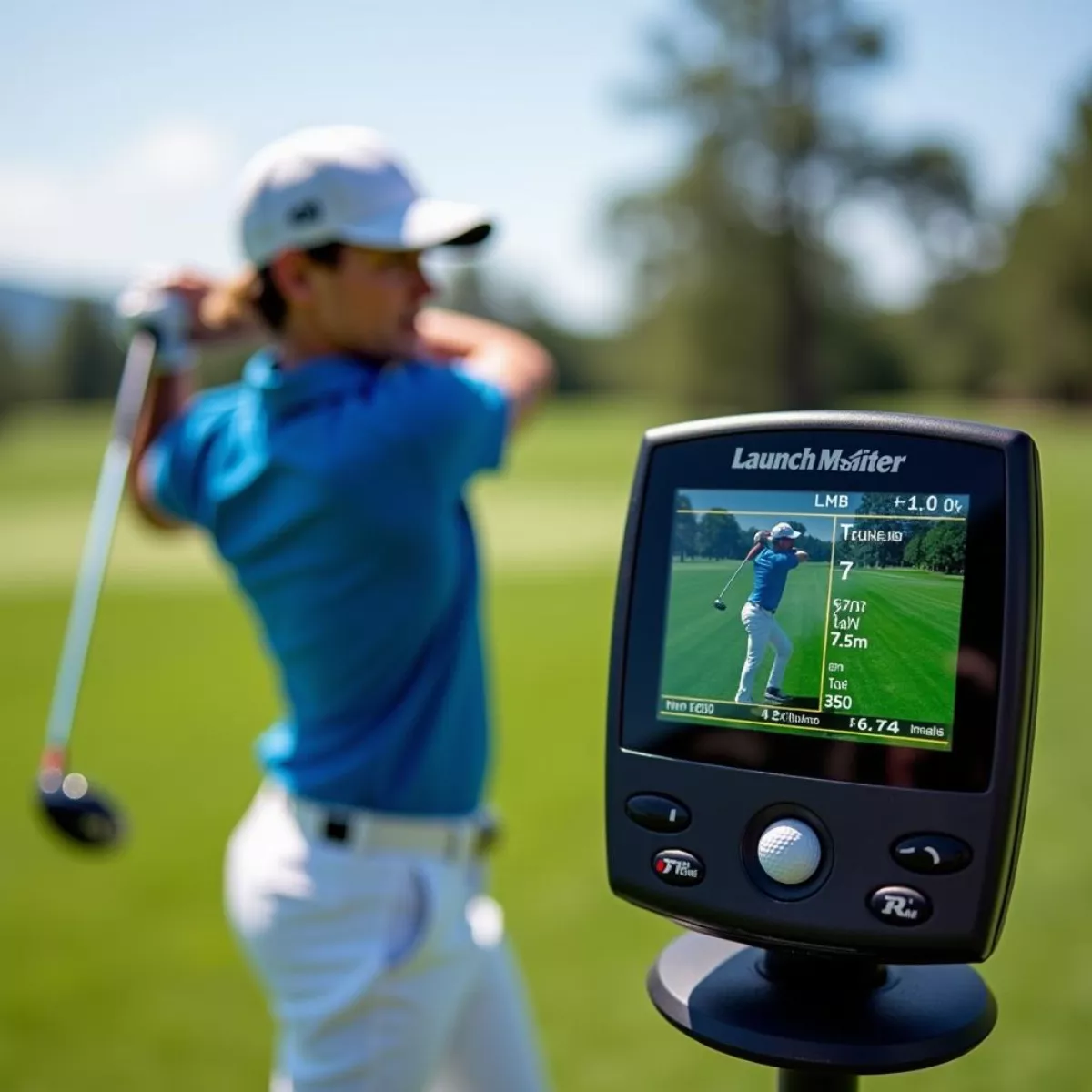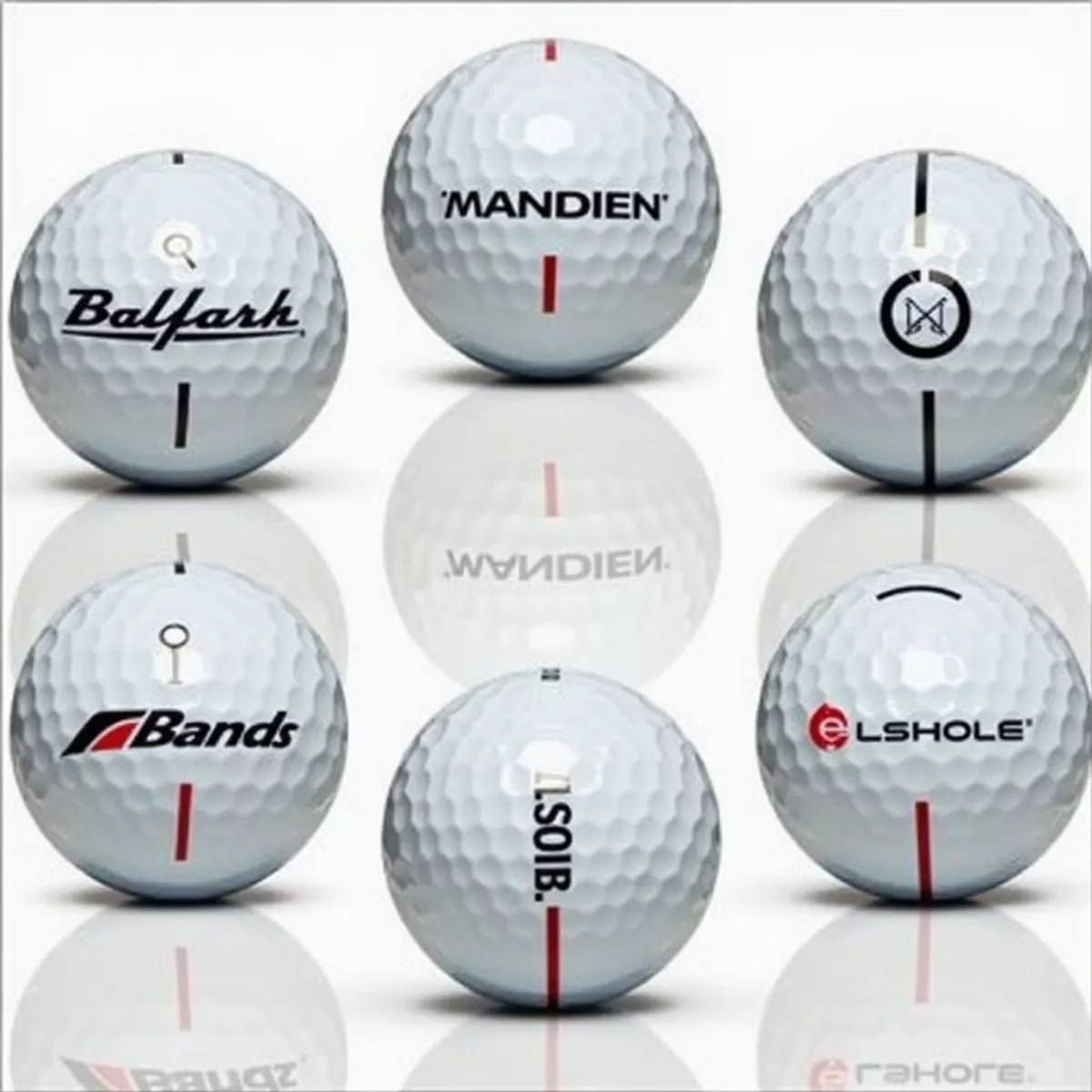Golf is a sport sewn into the fabric of patience, skill, and precision. One of the most critical factors that can impact your golf game is the relationship between golf ball compression and swing speed. Understanding this relationship can improve your performance on the course. In this article, we will delve into what golf ball compression means, how it correlates with swing speed, and ultimately, how you can choose the right ball to elevate your game.
What is Golf Ball Compression?
Golf ball compression refers to how much a golf ball compresses when struck by a club. This attribute is determined largely by the materials used to construct the ball and the design of its inner core and outer layers.
- Low Compression Balls: Typically compress under less force. They are ideal for golfers with slower swing speeds, usually below 85 mph. They offer more distance and are easier to hit.
- Medium Compression Balls: Designed for swing speeds from 85 mph to 100 mph. They provide a good balance of distance and control.
- High Compression Balls: Ideal for golfers with swing speeds over 100 mph. These balls require a more powerful swing to maximize their potential distance.
How is Golf Ball Compression Measured?
The compression rating of a golf ball usually ranges from 0 to 200, with lower numbers representing softer balls. For example, a golf ball rated at 70 would be softer than one rated at 100. Always remember that your swing speed plays a vital role in how effective a ball will be for your game.
What is Swing Speed?
Swing speed is the speed (measured in miles per hour) at which you swing your golf club. It significantly influences the distance the ball travels. Generally, a faster swing speed translates to more distance, but it also means you may need a more sophisticated ball to match that speed properly.
Factors Influencing Swing Speed
- Strength and Fitness: Muscular strength affects how fast you can swing.
- Technique: Proper technique can enhance swing speed.
- Equipment: The weight and flex of your club can contribute to your swing speed.
 Measuring Golf Swing Speed
Measuring Golf Swing Speed
The Relationship Between Swing Speed and Golf Ball Compression
It’s essential to understand that golf ball compression and swing speed are intricately connected. Here’s how they align:
- Optimized Performance: To achieve maximum distance, your swing speed should align with your golf ball’s compression rating. If the compression is too high for a low swing speed, you’re likely to lose distance.
- Feel and Control: A low-compression ball will feel softer, making it easier to control for slower swing speeds. Conversely, a high-compression ball will feel firmer, catering better to faster swings.
- Launch Angle: The right combination of swing speed and ball compression can significantly affect your launch angle, impacting both carry distance and rollout.
The Perfect Match
| Swing Speed (mph) | Ideal Compression Rating | Ball Type |
|---|---|---|
| Below 85 | 70 or lower | Soft, Low Compression |
| 85 – 100 | 70 – 90 | Medium Compression |
| Above 100 | 90 or higher | Firm, High Compression |
How to Choose the Right Golf Ball: Compression and Swing Speed
Now that we’ve explored the relationship between golf ball compression and swing speed, let’s go over some tips for choosing the right golf ball:
- Know Your Swing Speed: The first step is to determine your swing speed. You can do this through a swing speed radar or by visiting a local golf shop that offers swing analysis.
- Test Different Balls: Don’t hesitate to try different compression balls. Many manufacturers offer to try before you buy, so take advantage of that opportunity.
- Consider Your Playing Style: Think about your game. If you rely on finesse, you might prefer a softer ball. If you favor power, go for something more compressive.
- Seek Professional Help: Don’t hesitate to ask for advice at your local pro shop or consult with a golf coach. They can offer tailored recommendations based on your skills and goals.
 Golf Balls with Varying Compression
Golf Balls with Varying Compression
Additional Tips for Improving Your Game
- Practice Regularly: Regular practice can help improve your swing speed over time.
- Monitor Your Progress: Keep track of your swing speed and distance with different balls.
- Upgrade Equipment: Consider upgrading your clubs if you find it difficult to achieve the desired swing speed.
Quotes on Golf Performance
“Golf is a game of inches, and the right equipment can make all the difference.” – Anon
“It’s not about swinging harder; it’s about swinging smarter.” – Anon
Conclusion
Understanding golf ball compression vs. swing speed is crucial for maximizing your performance on the course. By pairing the right compression ball with your swing speed, you enhance your distance, control, and overall game. Make sure to experiment with different types of balls and consult experts for tailored guidance.
Key Takeaways
- Golf ball compression refers to how much a ball compresses when hit.
- Swing speed significantly influences the choice of golf balls.
- Matching your swing speed with the appropriate compression rating enhances performance.
- Regular practice helps improve swing speed, leading to better distance and control.
- Always seek professional or peer advice to enhance your golfing experience.
Frequently Asked Questions (FAQs)
- What is the ideal compression for my swing speed?
- Generally, slower swing speeds (below 85 mph) should use soft balls (compression below 70), while faster swings (over 100 mph) require firmer balls (compression above 90).
- Can I improve my swing speed?
- Yes, through practice, strength training, and improving technique, you can see boosts in swing speed.
- Does ball compression affect my handicap?
- While it doesn’t directly affect your handicap, using the right ball can lead to improved performance and lower scores.
- How do I find my swing speed?
- You can use a launch monitor found at most golf shops or driving ranges, or invest in a swing speed radar.
- Are expensive golf balls worth it?
- Expensive balls often offer better technology, but you should choose based on your skill level and swing speed rather than price alone.
- Can I use the same ball for all conditions?
- While it’s possible, using different balls for different conditions (wet, dry, windy) can help optimize your performance.
- Do compression levels change with temperature?
- Yes, colder temperatures can make balls feel firmer, while warmer temperatures may soften the compression a bit.
- What are some common misconceptions about golf ball compression?
- One common misconception is that only professional players need to consider compression, but it’s crucial for all levels of golfers.
 Golfer Selecting a Golf Ball
Golfer Selecting a Golf Ball
By keeping these points in mind and understanding how compression and swing speed interplay in the game of golf, you’ll be better prepared to choose the right equipment and refine your skills. Happy swinging!